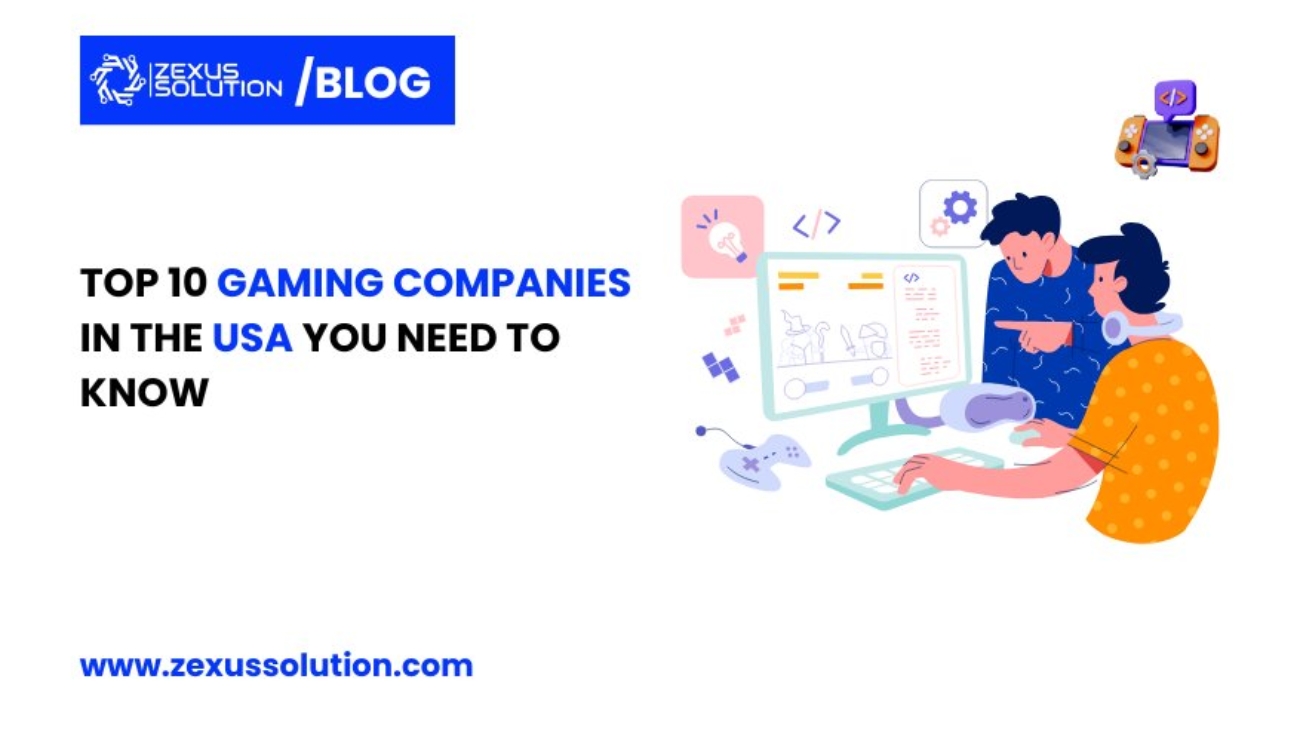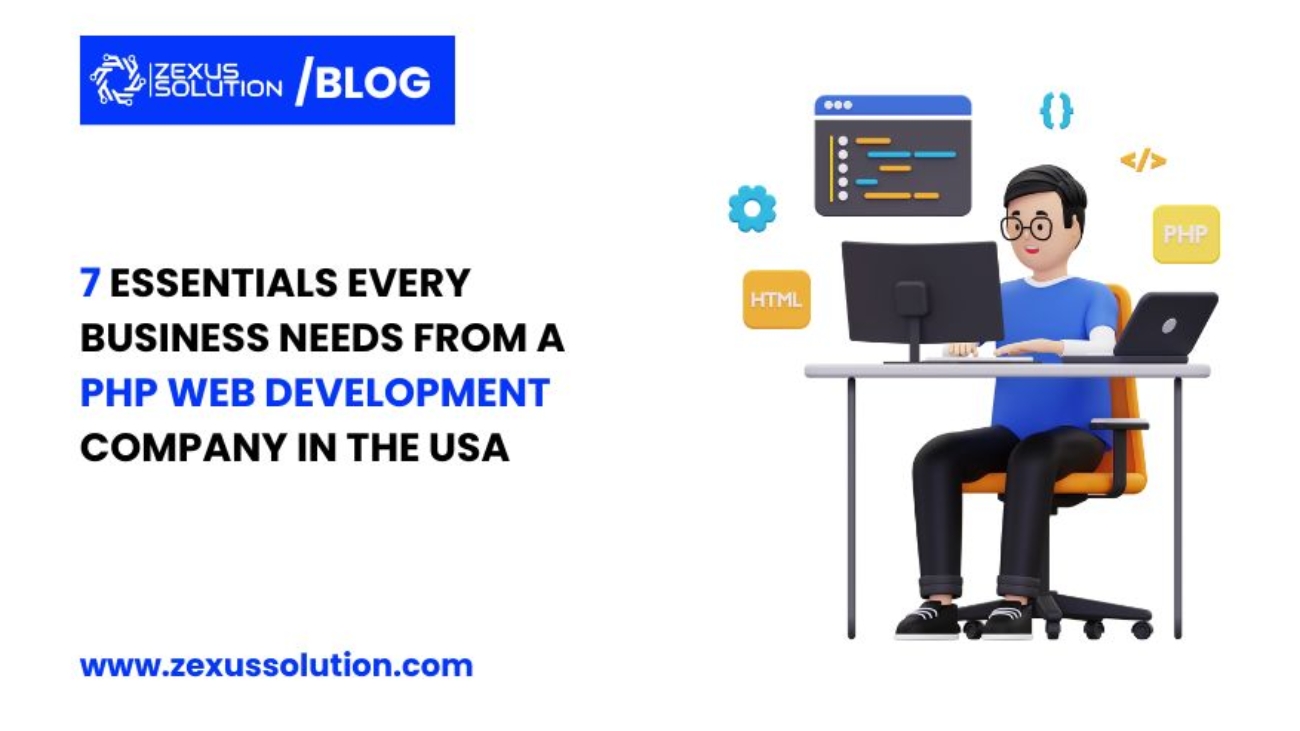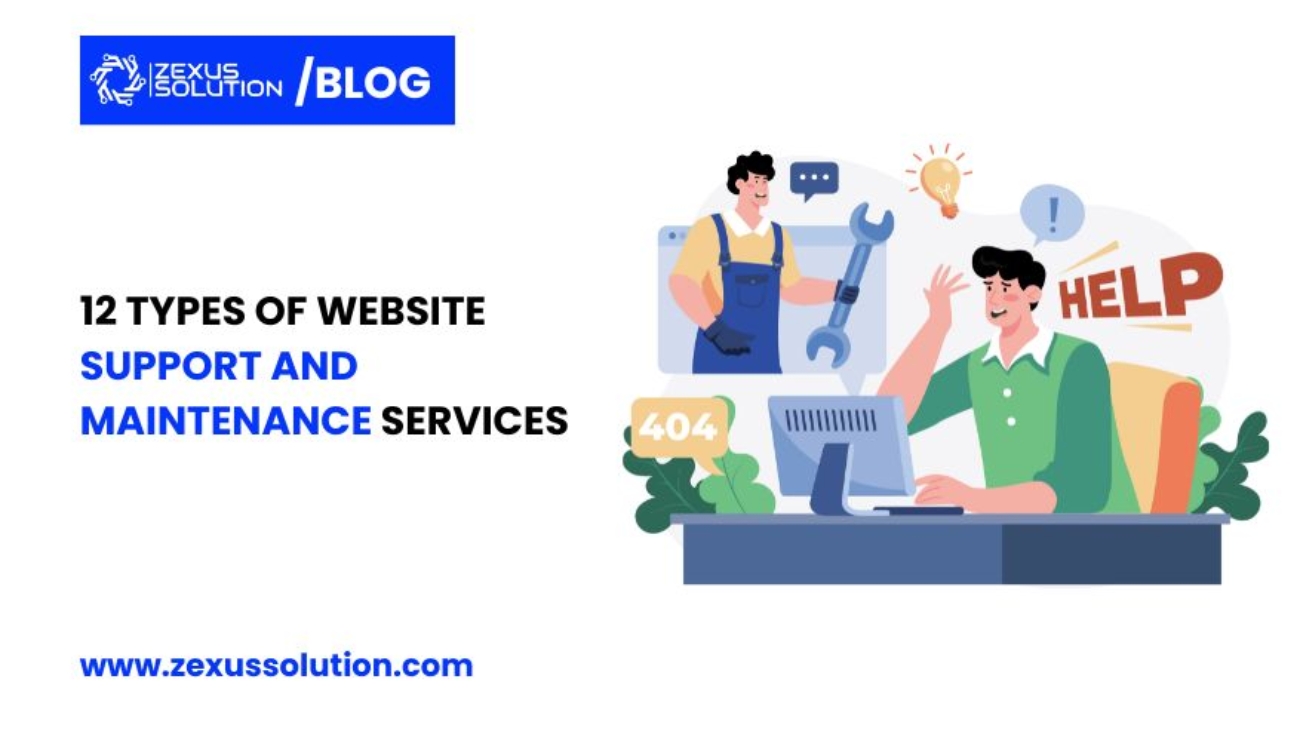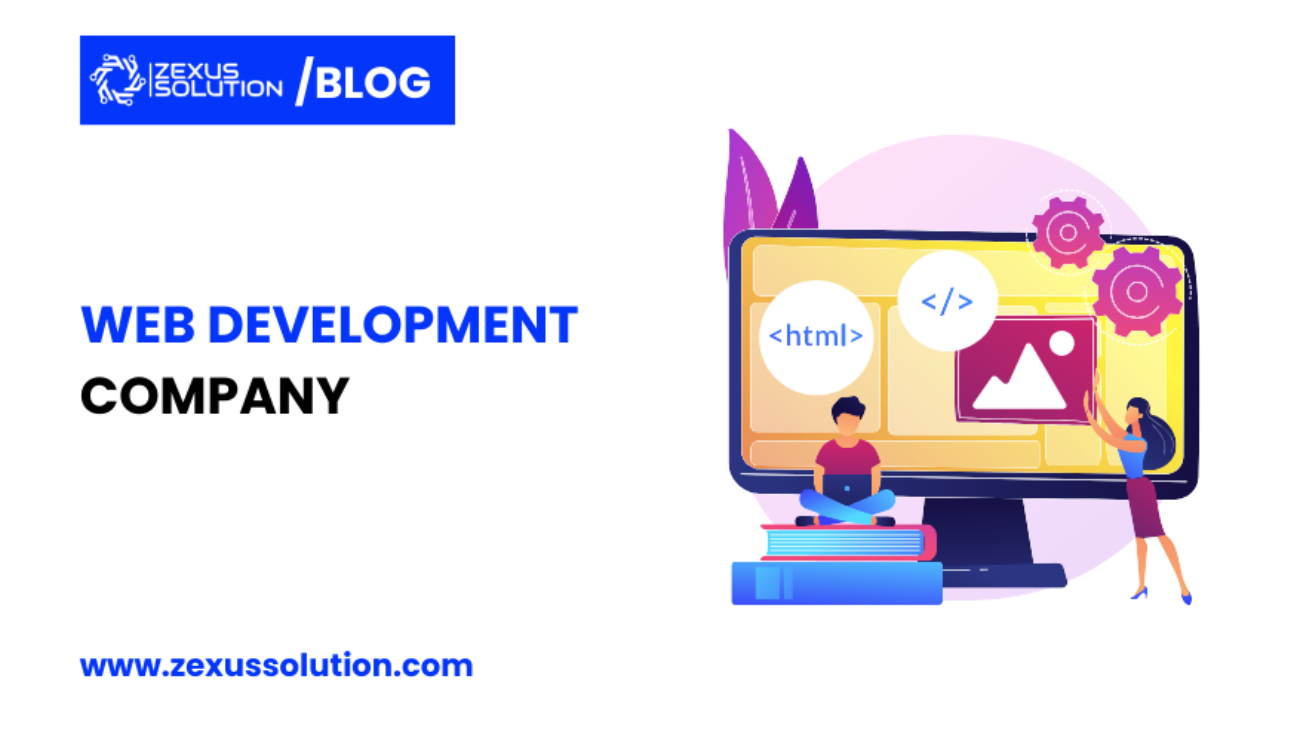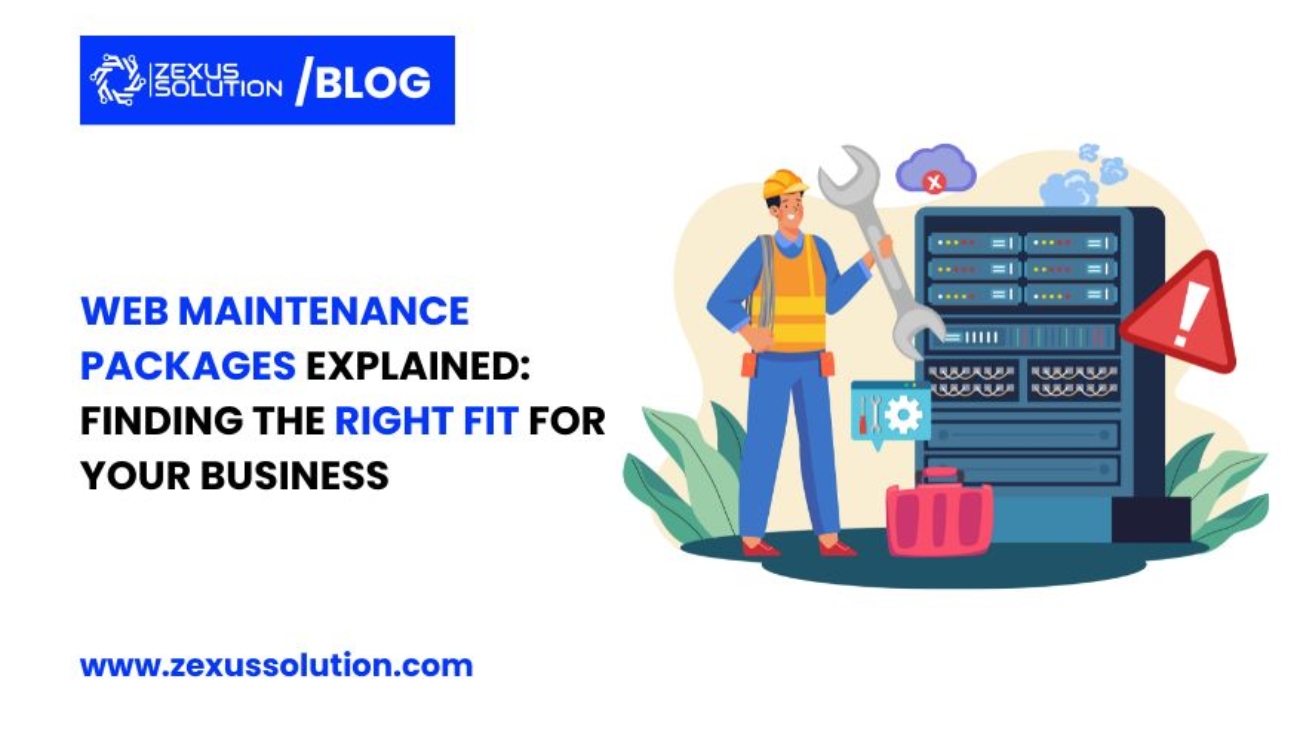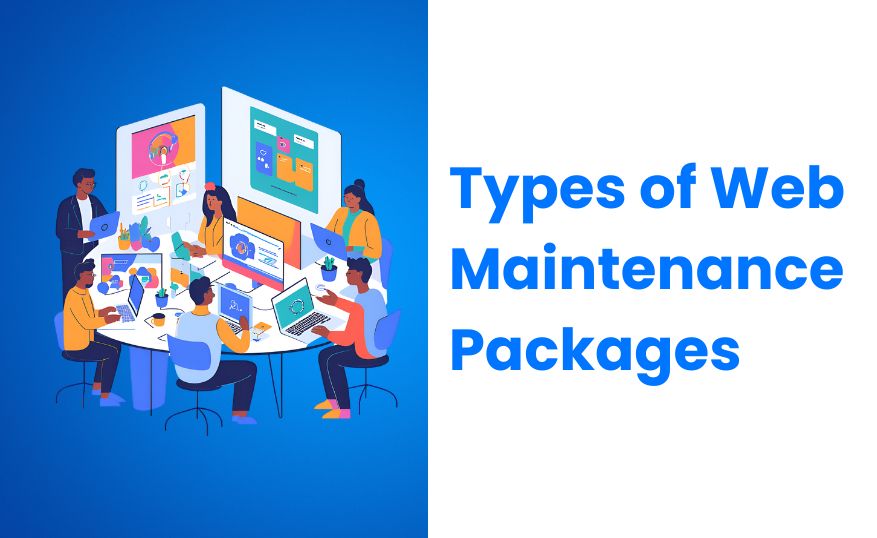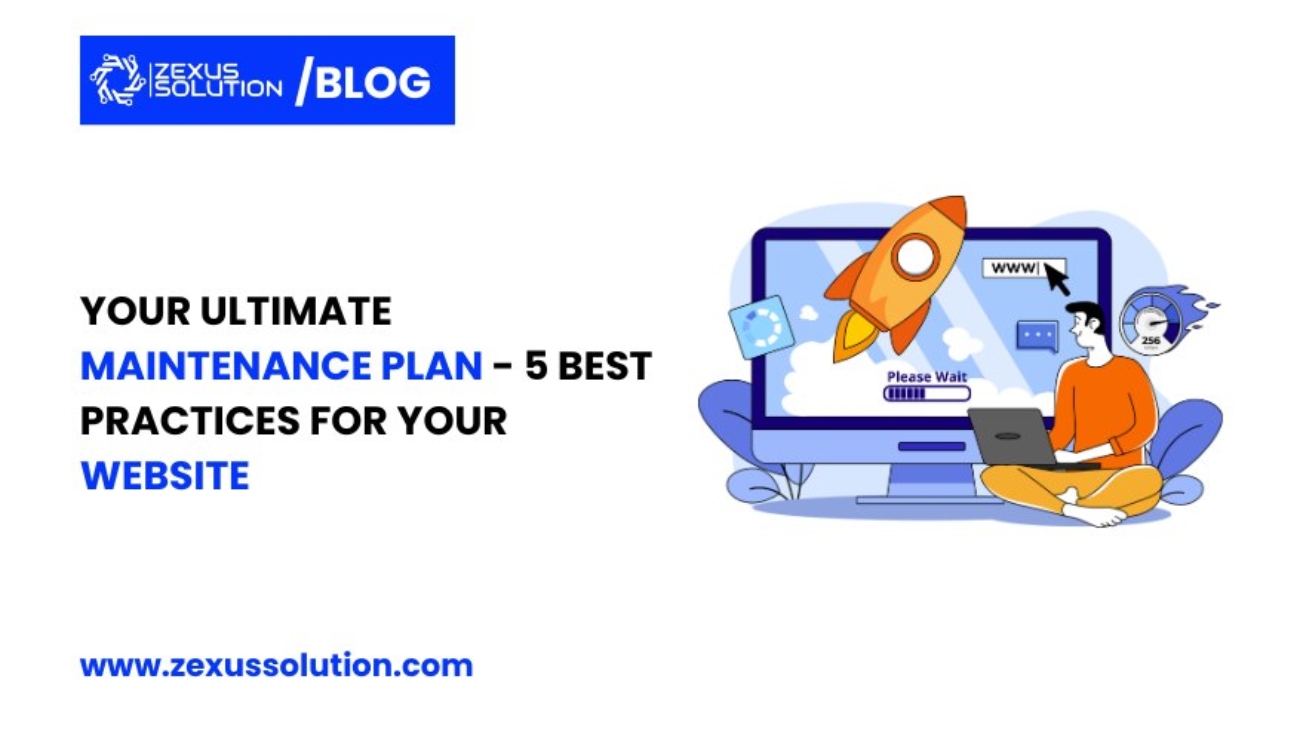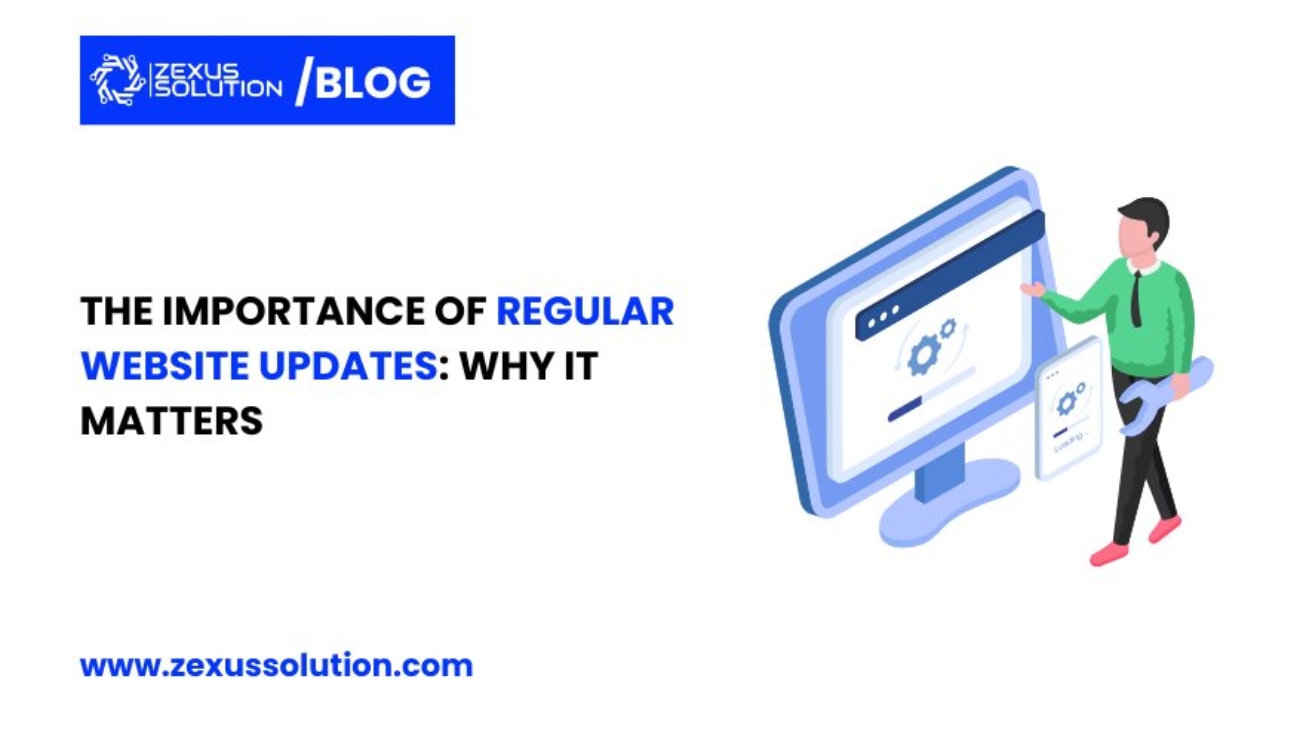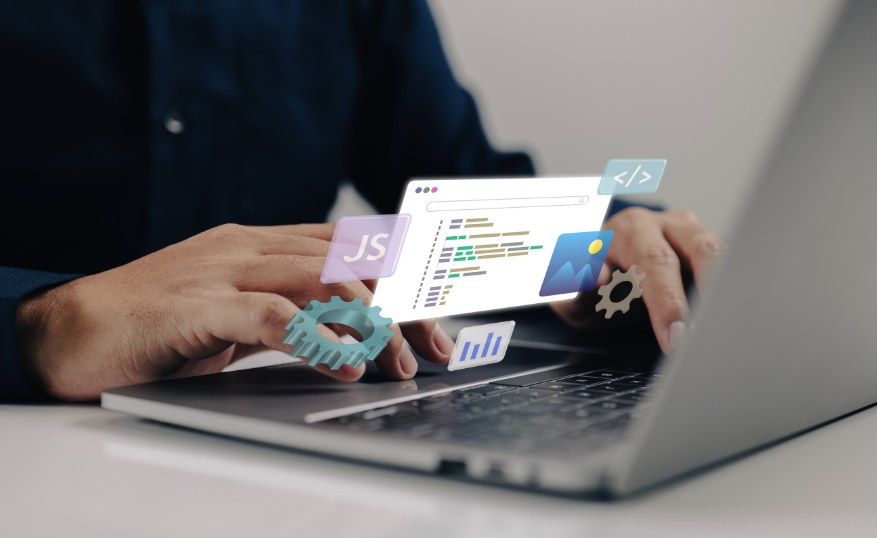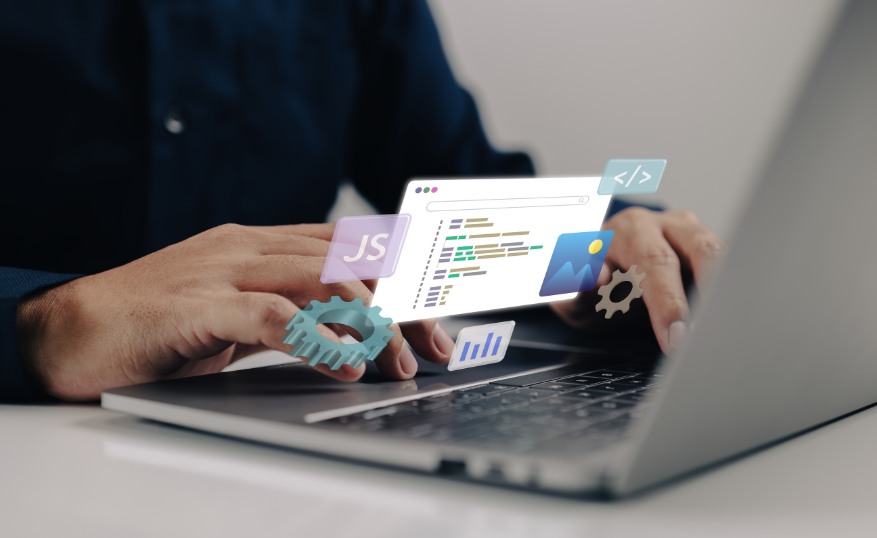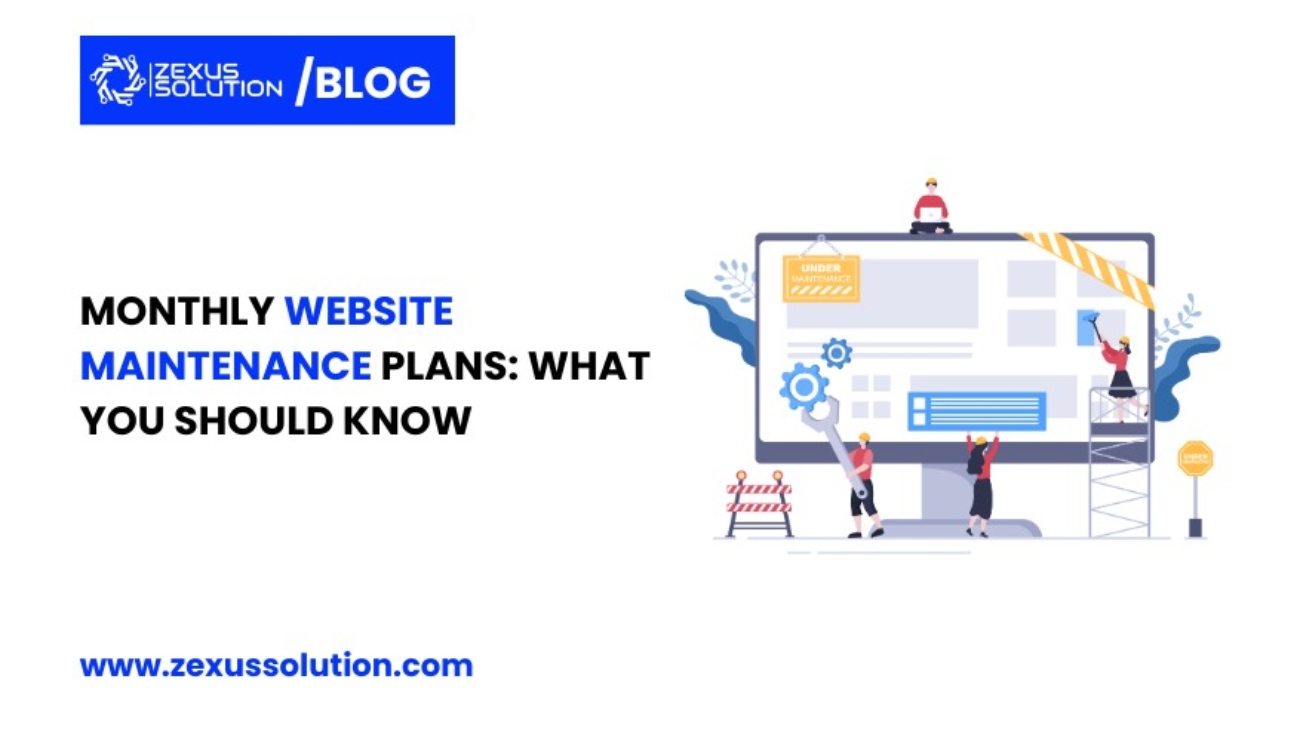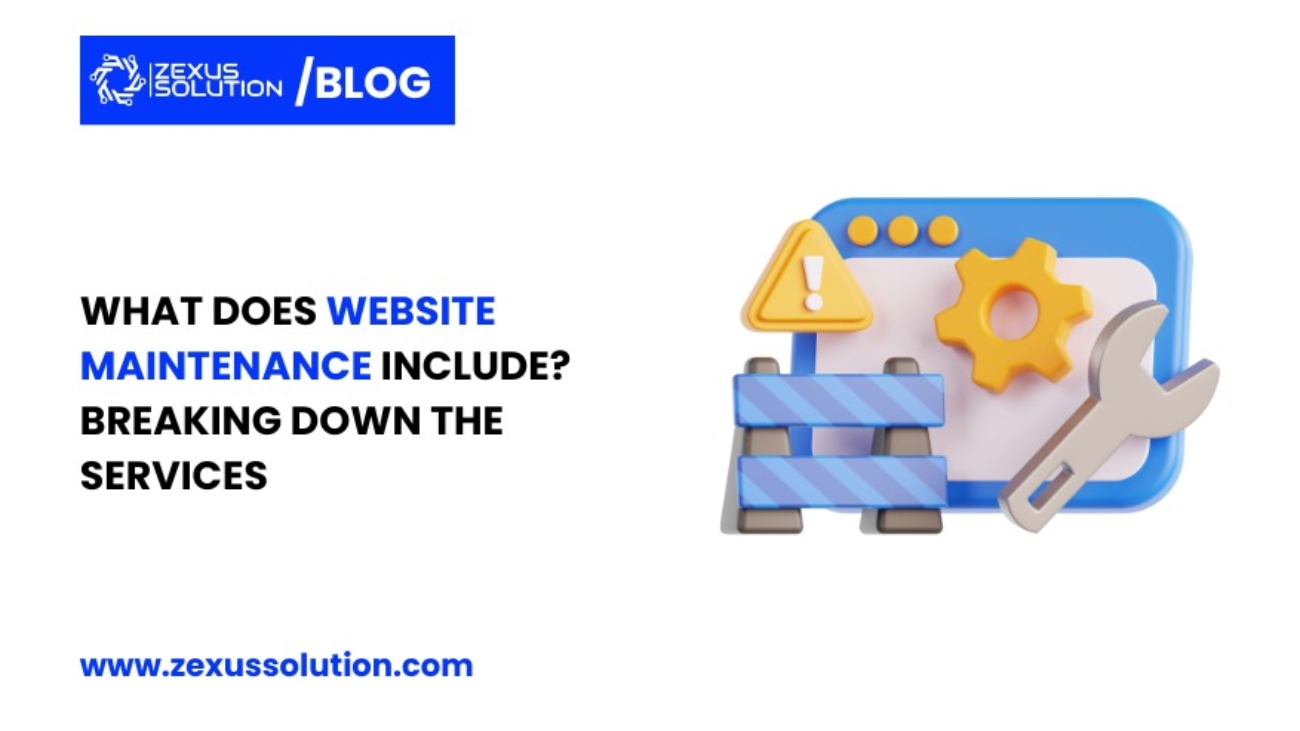Table of Contents
The future of the gaming industry is being set by some of the best gaming companies in the USA. This list of top gaming companies in the USA includes not only the well established leaders of the sector, but also other companies who are pushing the limits of what can be achieved in games. From mega projects to small innovative studios all game development companies in the USA offer its own unique advantage – expanding the possibilities in design, narration and mechanics.
The game developers in the USA do more than just developing games, they make an impact on culture, constructing the esports sector as well as communities that transcend geographic jurisdiction for gamers. With a fierce dedication to quality and engagement, these companies have set the standard for what gamers can expect. Behind every new world that gamers experience, there is a professional team of developers who brought it to life.
Curious about who’s behind the games you love or which companies are driving the industry forward? This article offers all you need to know about the companies that make this great game sport possible in the very creative and productive city of the USA. Dive into this article to know about the top gaming companies in the USA who are changing the very definition of how games are played and experienced.
Why Gamers and Developers Choose Zexus Solution in the USA

In a brief period of time Zexus Solution has emerged in the gaming industry as one of the top contenders for both players and developers in North America. Zexus Solution takes pride in enveloping intuition with technology and a dedicated approach to the player in order to build unforgettable memories with a game.. As a leader among gaming studios and a top mobile app development company, Zexus Solution presents a skill mix of art and technology to design – and most importantly – develop games that appeal and engage the audience.
Zexus Solution provides developers a creative yet professional work setting that is highly motivating. They have established a solid reputation not only for the quality of the games they deliver. but also for the advanced game developing techniques they use. Zexus Solution, as a mobile application development company understands the need of seamless and optimized gameplay in this cut throat competition whether it is an iOS, Android or a cross-platform experience. This attention to detail and skill level is also what makes most developers consider Zexus Solution to be the perfect partner for bringing to life such ambitious projects.
Zexus Solution’s games feature engaging plotlines, quality graphics, and simple controls that hold everyone’s attention. They go beyond the limits of mobile and console gaming, offering experiences to players who expect quality, detail, and thrill. This commitment to the gaming experience has not only contributed to Zexus Solution’s standing within the gaming sector over the years but has also created a fan base.
In an era where every game designer is looking to come up with new ideas, Zexus Solution remains a trusted name for groundbreaking games and engaging player experiences.The style is a harmonious combination of art and sophisticated technology, which helps to become one of the most successful gaming companies in the USA.
TOP GAMING COMPANIES IN USA

Activision Blizzard
Activision Blizzard is amongst the top ten game development companies in the USA responsible for several successful franchises around the world. The company is located in Santa Monica, California and has been credited for its huge impact on the gaming industry through titles such as Call of Duty, World of Warcraft, Overwatch. These titles not only helped shape first-person shooters, MMORPGs and MOBAs, but also revolutionized the concepts of gaming, online communities, and competitive gaming. As one of the market leaders, both in the United States and in other countries, Activision Blizzard operates on a transnational scale, touching the lives of millions of gamers. Their power goes beyond the scope of these entertainment activities, infesting many aspects like the culture, social media, technology, and especially gaming, hence establishing themselves as pioneers in the rapidly changing game making environment.
Electronic Arts (EA)
Electronic Arts (EA) is a thoroughly recognized and top-ranked gaming company globally. It is popularly known for the sports themes game like FIFA, Madden NFL as well as other famous ranges like The Sims, and Battlefield. Head officered in Redwood City of California, its entertainment arm regularly creates state of the art slick engaging games on several platforms namely console, PCs and mobile devices. The company was inventive enough to change the way one looks at the simulation of any sports. CA developing sports games has brought out some of the all-time selling videogames. Through its subsidiary studios, EA continues to expand its presence into different types of games across various platforms. As a mobile game development company in the USA, EA is growing and changing in order to satisfy the wishes of players all over the world.
Epic Games
Epic Games is a Cary, North Carolina headquartered company that has pioneered the space by revolutionizing gaming’s potential through the creation of Fortnite and the Unreal Engine. Fortnite, in particular, was revolutionary in that its cutting-edge building mechanics, battle royale gameplay, and colorful graphics swept across the globe. Unreal Engine is also highly advanced game development. This platform is recognized as the brainchild of Epic Games. This game development platform has been taken by many other mobile game developing companies, along with freelancers. It sets a certain standard in game design which actually facilitates high-quality graphics, physics, and customization. Contributions from the company have made it successfully position itself as one of the biggest mobile game developers in the USA and in its ongoing evolution into a leading player in the mobile gaming app market.
Valve Corporation
Valve Corporation is headquartered in Bellevue, Washington and has made a name for itself because of its quality gaming and endless digital distribution. Most of the games developed by Valve are Half-Life, Portal, and Dota 2. Valve also developed Steam, the largest digital marketplace for the distribution of PC games. Thanks to this ecosystem of Steam many indie developers, most of whom are in the list of the top mobile game developers in the USA, have been able to gain access. The platform is of great significance not only to the players, but has revolutionaries game access and distribution and the video game developer community as a whole. Constituent variations of Valve’s games and Platform forever altered the face of the video game market
Rockstar Games
A subsidiary of Take-Two Interactive, Rockstar Games is located in New York City. It specializes in ambitious, open-world games: namely, Grand Theft Auto (GTA) and Red Dead Redemption. With these games, it transformed storytelling within gaming as people have been relishing enormous, richly detailed worlds to explore. Such careful attention to detail, coupled with through commitment to great graphics and actually good gameplay, has catapulted it into one of the best services in this USA game app development service. Most of Rockstar’s games are cultural phenomena that have influenced players, then influenced the video gaming developer community and market trends.
Bungie
Based in Bellevue, Washington, Bungie has developed a heritage for immersive sci-fi worlds and exciting multiplayer experiences because of iconic titles such as Halo and Destiny. Strong narrative and advanced game mechanics have earned the fans for Bungie as it has richly detailed universe-building and community-driven gameplay. As one of the leading game developers in the United States of America, Bungie places strong narrative and advanced game mechanics above everything. Bungie has inspired thousands of other video game developers and set benchmarks high for game development among mobile game development companies as well as for console game developments.
Take-Two Interactive
Located in New York City, Take-Two Interactive is an interactive software company known for the development and publishing of top-tier games. Its labels include Rockstar Games and 2K Games. So, you can rest assured that Take-Two always has its fingers in all the pies. Some of its most popular franchises include NBA 2K, Borderlands, and BioShock, and are known for high standards for storytelling, gameplay, and video quality. Its varied portfolio is found running the gamut across a wide spectrum of genres, thus appealing to the global audience. Take-Two is one of the biggest USA-based mobile game developers, thus the company agreed to new platforms and is still trying different games.
Bethesda Softworks
Rockville, Maryland-based Bethesda Softworks is known for its sprawling RPGs including The Elder Scrolls and Fallout franchises. Bethesda RPGs have a huge fanbase as they are spoiled with big open worlds and complex lore. With a focus on immersive, narrative-driven experiences, the company has well-established its niche in the world of video game developers. Bethesda’s games are big, deep and feel like the gold standard of RPG experiences that other top mobile game developers in the USA; should pick up a thing or two from as well as to completely shake up the market.
Nintendo of America
Nintendo of America has revolutionized the U.S. gaming market based in Redmond, Washington with headquarters in Japan. Nintendo of America has consistently provided fun and innovative family-friendly games that appeal to all ages through its legendary titles such as Super Mario, Zelda, and Animal Crossing. The impact of this company goes beyond games; it has brought new hardware innovations, from the motion controls with Wii to the hybrid design with the Switch. This firm inspires many best mobile game developers in usa, hence making Nintendo a great influencer.
Insomniac Games
Insomniac Games, based in Burbank, California, counts among its successes some of the most spectacular games ever made, from Spider-Man, Ratchet & Clank, to Resistance. The ability of Insomniac’s games to deliver the presence of bright graphics, tightly packaged gameplay, and emotive storytelling has been a mainstream success, and as one of the best game app development services in the USA, they deliver high-quality, immersive games that appeal to the masses. Such a studio focused on innovation as well as quality has made it the most leading in the gaming market and also the first choice of players.
The United States is the home base for some of the world’s best game developers. Companies like Activision Blizzard, Electronic Arts, and Epic Games are at the forefront of new ideas and keeping players hooked. Zexus Solutions is also one of the rising stars in game development and mobile app development. These firms don’t just make good-looking absorbing games. They also push the gaming market forward with cutting-edge tech and fresh ways to tell stories, build communities, and make money. They’ve done well on consoles, PCs, and mobile apps changing with new tech and what players want. This has helped them become big names in the industry. What’s more, these developers have had a big impact on how gaming has changed over time, each playing a key role in shaping the way games are played, shared, and made money. Companies such as Valve Corporation and Epic Games have even changed the way games are sold through platforms like Steam and the Epic Games Store influencing how players find and buy games. Others, like Take-Two Interactive and Rockstar Games, have built huge worlds that set new benchmarks for open-world gaming and deep storytelling.
In a word, the top companies listed above represent some of the limitless possibilities in the gaming industry, not as a source of entertainment but as an essential force of technological revolution and cultural influence. Reaching millions of players around the globe and adapting to the rapid changes in the technology ensure that they will be influential forces in the gaming world for years. If you are interested in knowing the future of gaming, you have to watch these companies, as they continue to redefine the impossible in mobile game development and extend the same wonder into console gaming and beyond.

